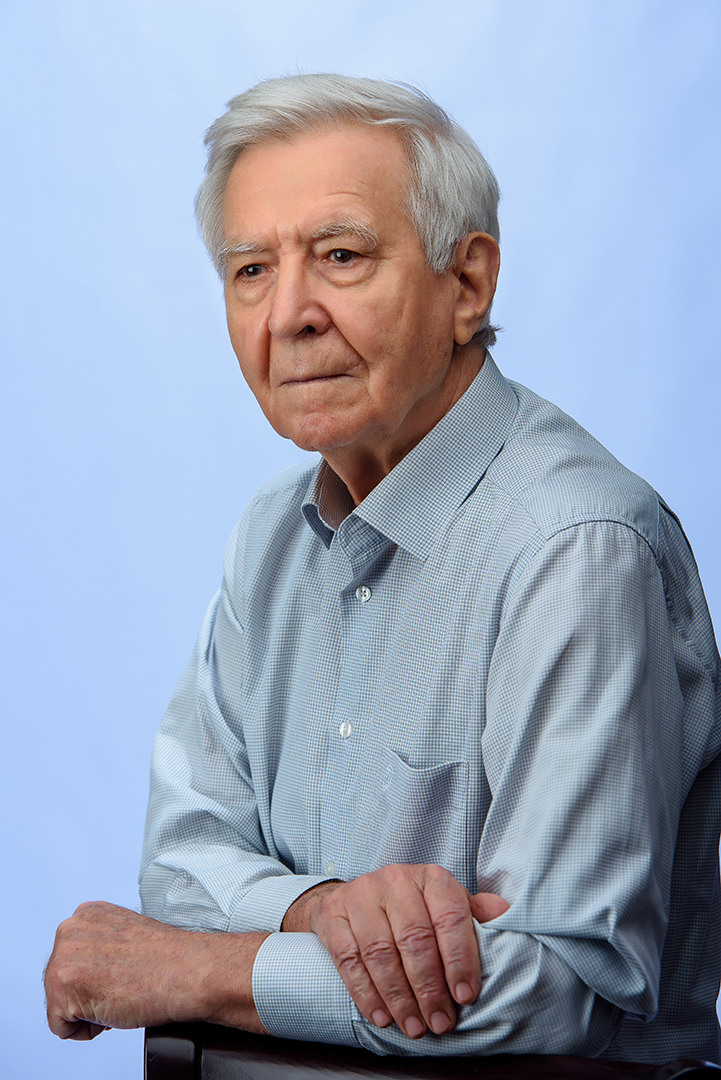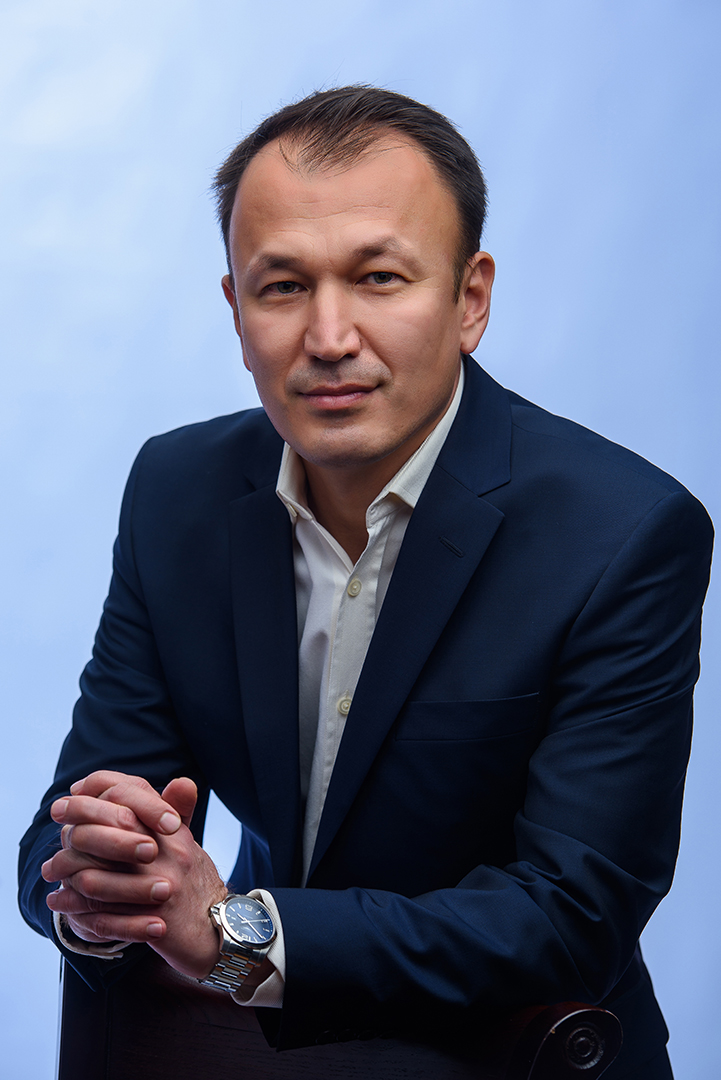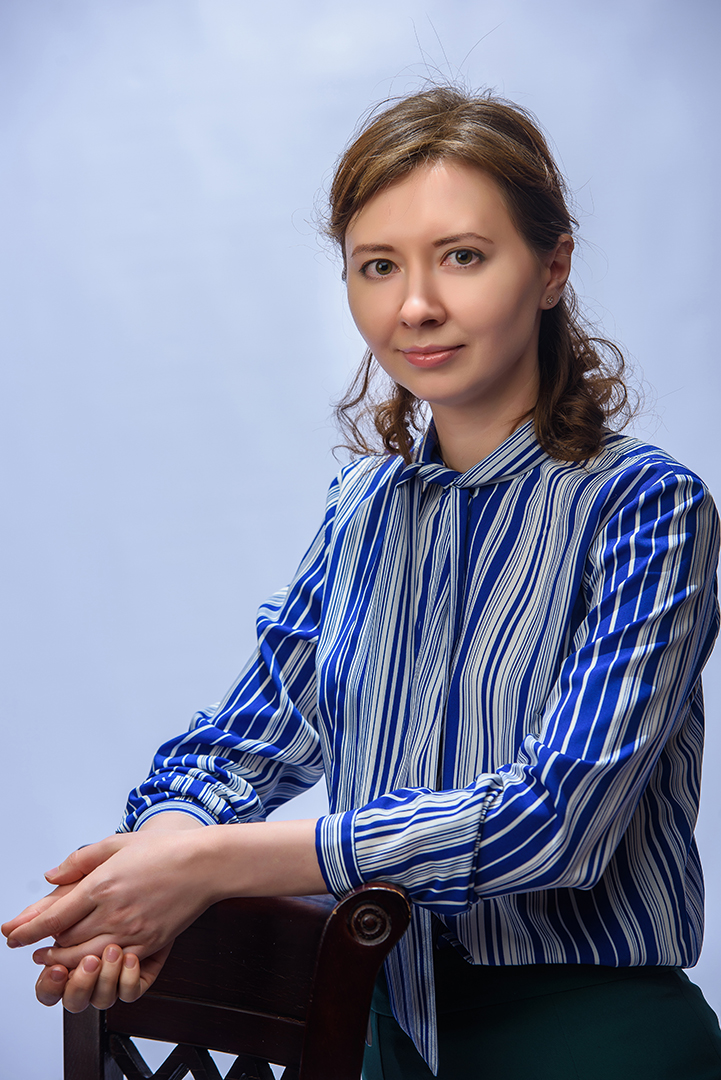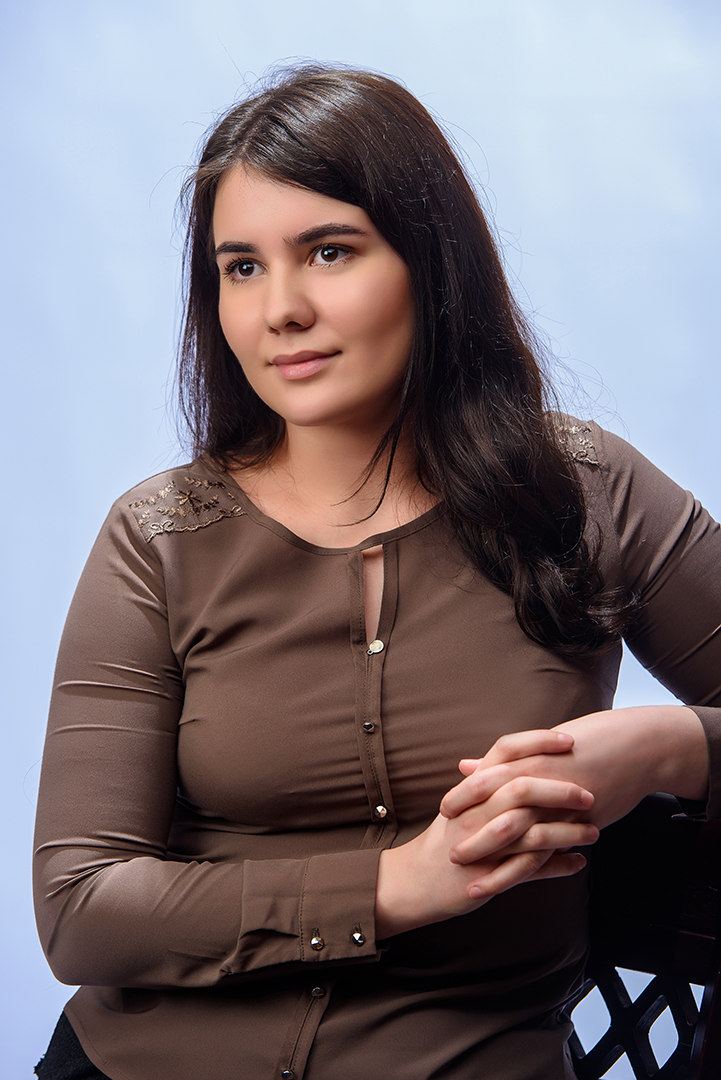The general data – Turkmenistan
Turkmenistan on World map
COUNTRY DATA
Official Name: Turkmenistan
Capital: Ashkhabad
Major Cities: Turkmenabat, Dashhowuz, Mary, Turkmenbashi
Area: 488,100 km²
Population: 7,500,000
Languages: Turkmen (official language), Russian, Uzbek, Kazakh
Currency: Manat
GNP: US$6,430 per head
Main Products: Natural gas, petroleum, cotton, wool, carpets, minerals (sulfur, celestite, potassic salt and rock-salt, gypsum, buhr etc.)
GMT: +3.5
INTERNATIONAL CONVENTIONS IN AREA INTELLECTUAL PROPERTY
WIPO, December 25, 1991.
Paris Convention (Stockholm), December 25, 1991; Madrid Protocol, September 28, 1999 (having declared that the limit to notify refusal of protection shall be eighteen (18) months) (individual fee payable).
Patent Cooperation Treaty, December 25, 1991.
The Nice agreement concerning the International Classification system of goods and services for purposes of the registration of marks, March, 2006
The Vienna Agreement Established an International Classification of the figurative elements of marks, March, 2006
The Locarno Agreement Established an International Classification for Industrial Designs, March, 2006
The Strasbourg Agreement Established an International Classification for Patents, March, 2006
Common data about Turkmenistan
Turkmenistan is Central Asian State, bordered on the north by Kazakhstan and Uzbekistan, on the east by Uzbekistan and Afghanistan, on the south by Afghanistan and Iran, and on the west by Caspian Sea (Russia, Iran and Azerbaijan). GALIFRE is located in Ashgabat (capital city of Turkmenistan).
Turkmenistan is familiar to many readers as the most southern republic of former Soviet Union. We shall remind, that one of the greatest deserts of the planet “Kara-Kum” (in turkmen means: ‘Black Sand’) is located in Turkmenistan, also Turkmenistan is the motherland for well-known akhalteke racers (sky-horses), the most beautiful carpets and succulent melons. Turkmenistan occupies the third place in the world by resources of hydrocarbons, after Russia and Iran.
The territory of Turkmenistan takes the fourth place among republics of the former Soviet Union (Turkmenistan territory can accommodate six times such country as Austria). Turkmenistan has common borders with Kazakhstan, Uzbekistan, Iran and Afghanistan. The general ground area - 49120,9 thousand hectares. Turkmenistan is the country of ancient culture with history combining more than five millenniums. Many different civilizations, such as Parthian and etc. were born, reached blossoming and left in eternity at territory which presently Turkmenistan occupies. It is proved by ruins of ancient cities and once beautiful monuments of architecture of gone epoch, that can be find in various corners of the country.
The climate is sharply continental and extremely dry in Turkmenistan. However, close to mountains of Kopet Dagh and Kugitangtau, Caspian Sea and desert Kara Kum the climate can be softer or amplified. Therefore in mountains area it is dominated cold freshness of the Alpine meadows, in seaside - subtropics, in desert - great heat. Such unique nature as mountains, underground lakes full of riddles, caves, mud volcanoes, hydrosulphuric sources and etc. in a combination with magnificent ancient monuments and exotics of the East creates a truly fantastic opportunities for the tourism which is still in swaddling-clothes in Turkmenistan.
Turkmenistan is rich by minerals. The proved stocks and probable resources of hydro carbonic raw material is constitutes 23 billion cubic meter of gas and more than 12 billion tons of oil, including gas condensate. Besides, 161 deposits of firm minerals are registered in the State balance of Turkmenistan, including deposits of celestite, sulfur, mineral salts, kaolin, bentonite, ozokerite, mineral paints, carbonate raw material and various building materials. The Underground pantries of Turkmenistan hide many more wealth that can be joined to national economy and give a push to its further development in future.
Turkmenistan has more than 17 million hectares of soil that suitable to irrigation from which in agriculture is used only about 2,5 million hectares. It is cultivated about one million tons of a cotton and 3,0 million tons of a grain annually. Besides this, basic production of Turkmenistan agriculture makes also meat, wool, natural silk, ground plantation products, vegetables, fruit, licorice and etc.
For years of independence Turkmenistan has turned from the agrarian country in industrial-agrarian. Many complexes such as oil refining, chemical, power, machine-building, building, cotton processing and textile were built. The network of transport communications and communication facilities were initiated and developed. The town-planning get improved (with primary use of original architectural designs). Foreign economic relations become stronger as well.
The State system is Presidential republic. Legislative power belongs to Majlis (Parliament). Executive power and administrative body is the Cabinet of Ministers. Turkmenistan has the status of constant neutrality which has been granted by the special resolution of General Assembly of the United Nations (on December, 12 1995) and it is legislatively fixed by Halk Maslahaty (National Council of Turkmenistan). The State language is Turkmen. However, broad use alongside with Turkmen language has also Russian. The population constitutes more than 7,5 million people, where about 90 % is Turkmen. National holidays and significant dates of Turkmenistan are indicated in the below-mentioned table:
National holidays and significant dates of Turkmenistan
January 1 - the New Year's holiday |
January 12 – the Day of memory remembrance |
|
January 27 – the Day of the fatherland defender |
|
February 18 – the Day of Diplomats of Turkmenistan |
|
February 19 - the National flag holiday |
|
March 8 – International Woman's Day |
March 21, 22 - the National holiday of spring |
|
The first Sunday of April - the Holiday “the Drop of water - is the nugget of gold” |
|
April 7 - World day of health |
|
The last Sunday of April - the Holiday of the Turkmen racer |
|
May 9 - the Day of Victory in the Great World War II |
|
May 18 – the Day of revitalization, unity and poetry of the Mahtumkuli Fragi |
|
The last Sunday of May - the Holiday of the Turkmen carpet |
|
May 29 – the Day of the workers of Home Office |
|
June 1 – the International Day of child's protection
|
|
The first Sunday of June – Day of workers of Turkmenistan textile industry |
|
June 5 – World day of environmental protection |
|
June 12 – the Day of science |
|
June 27 – the Day of workers of culture and art |
|
The third Sunday of July - the Holiday “the Galla bayramy” (holiday of grain) |
|
July 21 – the Day of workers of health care and medical industry |
|
August 11 – Day of frontier |
|
The second Sunday of August - the Holiday of the Turkmen melon |
|
September 1 – the Day of knowledge and students |
The second Saturday of September – the Day of workers of the energy industry |
|
The second Sunday of September - the Holiday of Turkmen bahshi (Bahshi it is folk singer to the accompaniment stringed musical instruments played by plucking) |
September 12 – the Day of Ruhnama (The moral and spiritual code of Turkmenian people) |
October 1 – the International day of the aged people |
October 6 - the Memorial Day, national mourning |
October 9 – the Day of Navy of Turkmenistan |
|
October 19 - Day of adoption sacred Ruhnama (Ruhnama it is moral and spiritual code of Turkmen People) |
October 27-28 - the Day of independence of Turkmenistan |
The last Sunday of September – the Holiday of harvest |
|
The first Sunday of December – the Day of good neighborhood |
December 12 – the Day of the neutrality |
December 14 – the day of workers of Oil and Gaz industry and geology |
|
December 21 – the Memory day of the first President of Turkmenistan of S.A. Niyazov |
|
Dates of celebration for the Kurban-bayram and the Oraza holiday, because of the difference existing between lunar and traditional calendars, are defined by annual correspondings of the Decrees of the President of Turkmenistan
|
The original Turkmen way of development of a society is a product of vigorous activity of the top management of Turkmenistan. It is founded on association of all layers of a society around of idea of revival of Turkmen people on the basis of bracing force of its spirit. The philosophical substantiation of this concept has received reflection in sacred book ‘RUHNAMA’ (the Message of spirit) written by the first president of Turkmenistan, Niyazov S.A.. It was translated to different foreign languages, including Russian and English. The book represents the philosophical-ethical and political-historical program doctrine supported with digressions to a history of Turkmen statehood. It is penetrated with feeling of national pride of the historical past of Turkmenistan. This book contains the code of moral - ethical rules going from ancient times and called to become a beacon of behavior and patriotic education for the population of the country.
The same principles were followed during construction, for years of independence: palaces of original architecture, mosques, hotels, various buildings, houses, monuments, stadiums, parks, squares and monuments. It is in a combination with realization of ‘green’ and ‘gardens’ program has unrecognizably changed the ecological and aesthetic face of capital Ashkhabad and view of other cities and settlements in Turkmenistan. Ashkhabad now has turned to one of the most beautiful cities of the world. Dressed in glass and marble, shining with magnificence of the most various architectural ensembles, with wide streets, green zones, smothered in flowers and fragrant, it is a today's Ashkhabad which by the right can be related to cities of the future. The morale operations among the people about a healthy way of life, including the decision accepted at the state level about interdiction of smoking, observance of cleanliness and the order, simple and clear slogans of union of people around of the President in the name of the further prosperity of Turkmenistan also continue to bear the positive outcomes.
Turkmenistan is practically unique country on the post soviet space where a change of a state-political system has not had a sharp impact and deterioration of economy expressed in a way of social shocks, meetings, demonstrations, opposition of polar political forces. This was done due to promoted step-by-step course which directed country’s economy into transition to socially - guided market economy with application of measures of the state regulation. Other reason is vigorous measures of the top management of Turkmenistan, bodies of representative power and executive authority for cementation of a society around of national idea of revival of greatness of the Turkmen state on the basis of principles of peaceableness and non-interference to internal affairs of other states. It is difficult to overestimate a value of the country’s constant neutrality status which allows to treat equally forces at times conflicting among themselves, preserving a Turkmen society from politicization and from being involved into conflicts. Democracy in Turkmen people’s mind is not pictured as mass-meetings, opposition of society’s polar forces, discords and bloody collisions. The standard of democracy, as it constantly emphasizes in mass media of Turkmenistan, is the Peace, Progress and well-being of people. It is difficult do not agree with this doctrine of understanding of democracy, which based on the Gold Rule of Philanthropy.
This policy, in many respects, has predetermined stability of a political situation and steady rates of economy growth in Turkmenistan, where based on last year figures country occupies one of the first places in the world. It is a fertile field for attraction to the country of foreign investments. The corresponding legal base was developed in order to create a friendly environment for those investments. It is quite natural, that the achieved successes are personalized with the first persons of the State, with a policy pursuit by them in sphere of economy, science, art and particular in social sphere.
The analysis of brief data on Turkmenistan shows, that this is the country of very rich opportunities and if they used in a right way it will allow to Turkmen people occupy in the long term a high standard of life. The author of this article is sure; that there will come a time when citizens of Turkmenistan will be accounted by the rest of the world as citizens of one of the richest country. Rely on all said above, the investment into the economy of Turkmenistan as domestic as foreign capital in a combination with protection of objects of the intellectual property promises to their owners essential economic gains.




